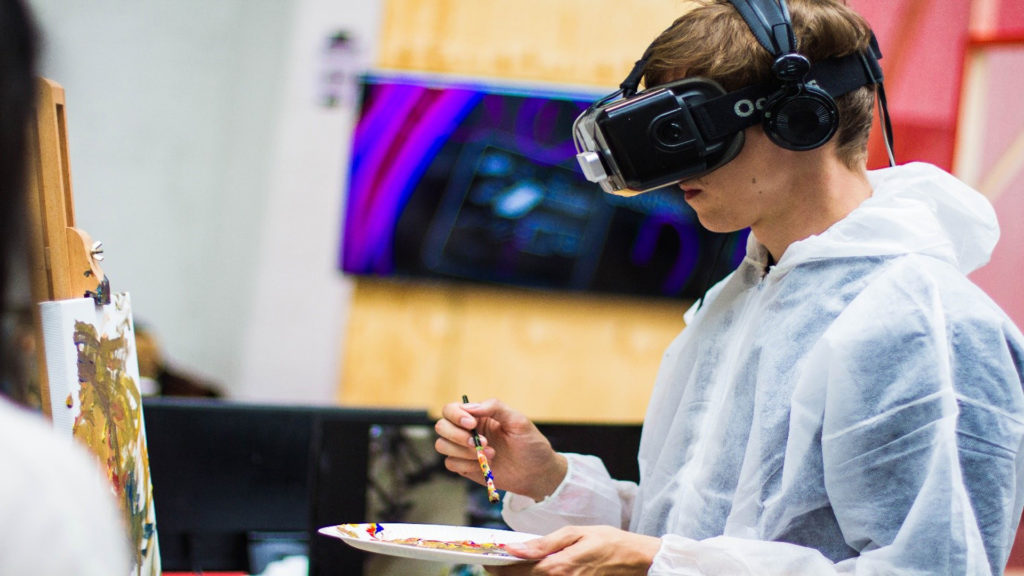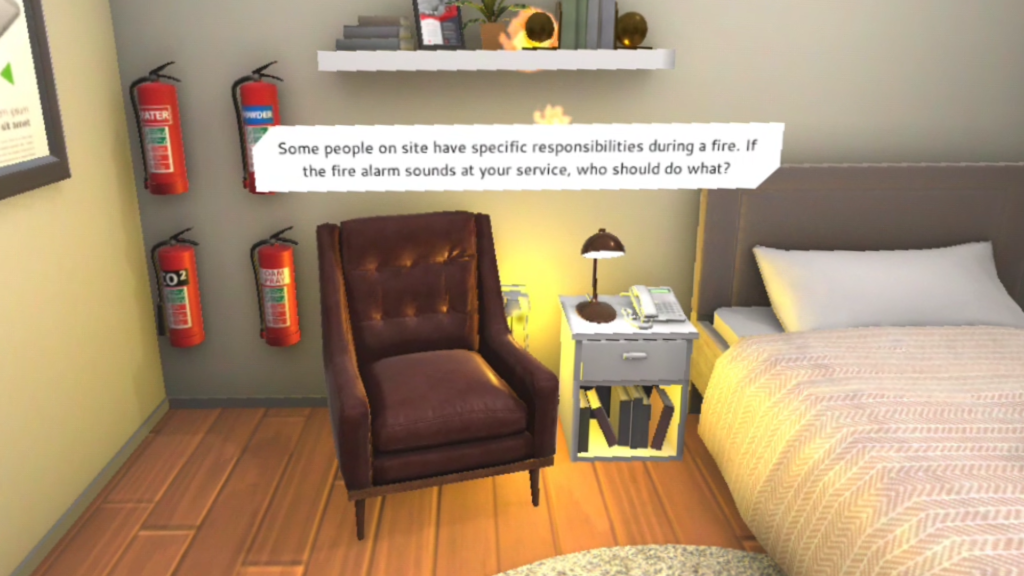As the old axiom indicates, youth are the future of industry. But what will the world look like in years to come if today’s companies cannot engage the decision-makers of the future?
According to statistics published by gallup.com, only 29% of millennials are engaged at work. What’s more, the other 71% do not plan to stay with their current employer for very long.
One of the issues companies ignore when engaging young people is their upbringing. It is important to remember that millennials and generation-Zers were born in an era where technology was common place in the home.
Subsequently, these so-called ‘digital natives’ grew up around computers and are hard-wired for consuming video and gamification. Today’s youth are motivated by technology and enjoy learning through digital applications.
To engage young people, schools and companies have to move away from traditional text books and educational videos. Younger generations are stimulated by interactive and virtual reality (VR) experiences.
In an effort to increase retention and engagement, schools and colleges are introducing virtual reality into classrooms. VR and augmented reality applications are also becoming increasingly significant in the workplace. And with good reason.










